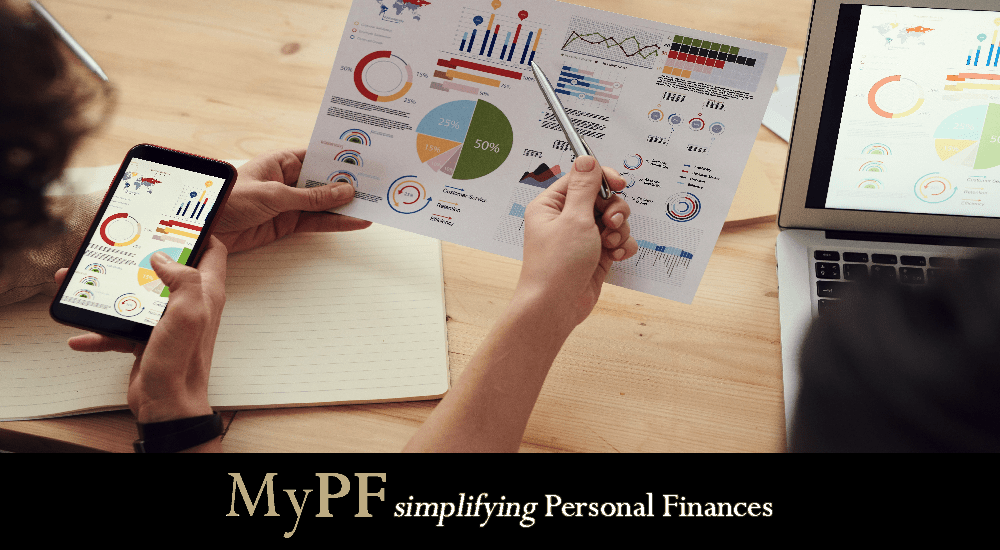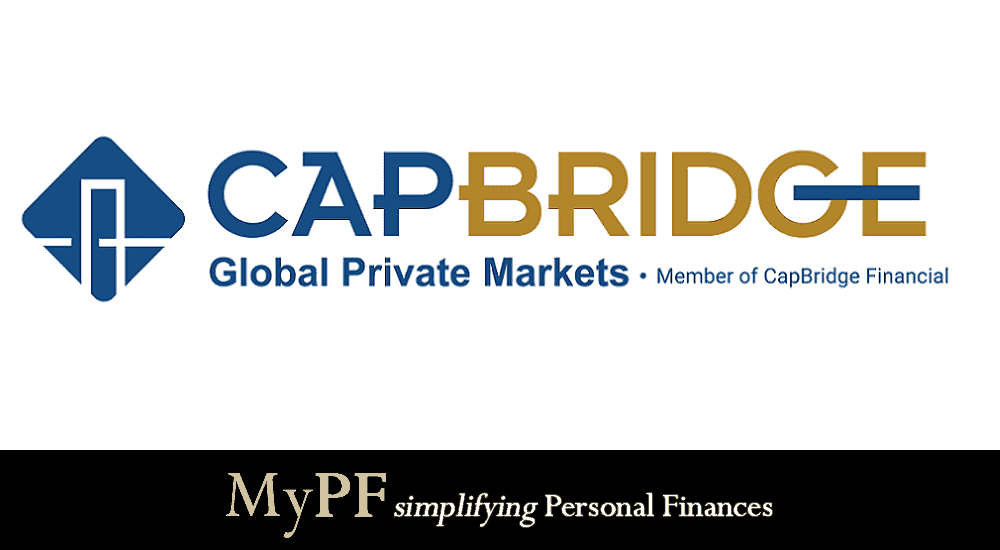Looking to diversify your portfolio? Lower your portfolio risk by diversifying with bonds!
Different asset classes have different risk profiles. Some, such as cryptocurrencies or p2p loans are inherently riskier and more volatile, while others such as institutional-grade bonds are typically considered very low risk.
No one asset class is perfect. Each has a different role to play in an investment portfolio, and it is therefore important for an investor to make sure his or her portfolio is sufficiently diversified.
In our previous articles, we shared about what exactly bonds are and why it’s important for investors to invest in bonds. We also covered how fractionalization now makes it easier and cheaper to invest in bonds. Be sure to check them out!
In this article, we will be touching on portfolio diversification. Specifically, how and why bonds are important to diversifying your portfolio.
Contents
What is Portfolio Diversification
You may have heard of the phrase “Don’t put all your eggs in one basket”. In layman terms, that’s exactly what portfolio diversification means – owning multiple ‘baskets’ of asset classes so you minimize the risk that each basket presents to you.
Ideally, the asset classes should have different risk profiles and have a low correlation with one another. Portfolio diversification is important for 2 key reasons:
- Strengthening the resilience of your portfolio
- Boosting your risk-adjusted returns
Markets do not go up forever. Market corrections happen from time to time. The hallmark of a strong and resilient portfolio is its performance during a market crash or downturn.
Asset classes which have a low correlation with each other typically move in different directions. In times of market downturn, diversified portfolios remain resilient because when the price of one asset class goes down, the other asset classes remain steady or may even go up instead.
As such, a diversified portfolio will not decline as much compared to a portfolio highly concentrated only in one specific asset class.
Why is Portfolio Diversification Important?
Portfolio diversification helps to boost an investor’s risk adjusted returns. In simple terms, the risk-adjusted return is the return an investor gets, taking into account the amount of risk he or she takes.
Ideally, an investor would like to have the highest possible return for the lowest amount of risk. For example, given a choice of two portfolios – ‘A’ with potential returns ranging from -3% to 8%, or ‘B’ with potential returns ranging from -10% to 10%. Which is the portfolio with the better risk-adjusted returns?
If you chose portfolio A, you’re on the right track. For a 7% reduction in risk (the loss potential), an investor gives up just 2% in gains. Well-diversified portfolios maximise this risk-adjusted return.
Bonds are an integral part of every well diversified portfolio. If you are looking for a safe and fuss-free way to invest in bonds, CapBridge, a Singapore-registered and regulated digital wealth management platform, has recently launched their latest asset class – CapBridge Preferred Access Bonds. Starting from $1,000, now you can build your own diversified bond portfolio. Read on to find out more.
How Do I Construct a Diversified Portfolio?
A tried-and-trusted portfolio construct is the classic 60/40 portfolio, where 60% are equities and 40% are bonds. This classic portfolio construct has served as a guide to investors for a very long time, and for good reason.
The performance of the 60/40 portfolio had been outstanding during the pandemic. A portfolio consisting of 60% in MSCI All Country Index and 40% in Bloomberg Barclays Global Aggregate Index generated 11% returns in 2020, with an average annualized return of 7.6% over the past three decades. In the last 10 years, the 60/40 portfolio achieved a 9.76% compound annual return. This is extremely impressive, especially if you consider the ever-falling interest rates since the late 1980s.
To put things in perspective, an investor with 100% of holdings in equity would have suffered a loss of 32% during the March 2020 S&P 500 low. On the contrary, an investor holding a 60/40 portfolio would only have faced a maximum drawdown of 22% peak to trough. That’s a whole 10 percentage points! Investors looking to build a resilient portfolio may consider using the 6040 portfolio construct as a point of reference.
That being said, building a 60/40 portfolio is not as straightforward as it sounds.
Hypothetically, with a $1,000 capital, an investor would simply allocate $600 to equity, and the remaining $400 to bonds. However, most bonds are sold in minimum denominations of USD200,000 or RM250,000. This means that in order to satisfy the diversification requirements of a 60/40 portfolio, an investor would need at least USD500,000 or RM625,000 in capital.
Furthermore, the cost of RM250,000 is just for one single bond. Unless an investor has a large initial capital, it is really hard for investors to properly diversify their portfolio given such high minimum amounts.
There are alternatives such as bond funds which buy into a variety of different bonds. However, such options typically come with high fees and hidden costs. In addition, most bond funds don’t allow investors to choose what bonds they want. The fund manager has full control of what bonds to buy and sell and no permission is required from the investor regarding what bonds go into the fund or not.
With the above considerations, many an investor naturally wonders “Is there a more realistic and accessible way to build a diversified portfolio?”.
Diversify Your Portfolio with CapBridge Preferred Access Bonds
CapBridge, a Singapore registered and regulated digital wealth management platform, understands the challenges many investors face when trying to invest in bonds. That’s why they have recently launched their latest asset class – CapBridge Preferred Access Bonds.
With minimum denominations of just $1,000, investors can now access top global institutional-grade bonds and build up a diversified portfolio that they want. This significantly increases the access for many Malaysians to bonds, allowing greater portfolio diversification.
CapBridge Preferred Access Bonds can be accessed directly through CapBridge’s platform. With their fully digital end-to-end ecosystem, you will be able to access bond information and prices anytime, anywhere. Select from a variety of top institutional-grade bonds and invest at an amount that matches your appetite. Investors will have full control of what bonds they want to buy, so you can construct your portfolio to best suit your investment needs.
CapBridge offers bonds issued by creditworthy publicly listed companies, including Fortune 500 equivalents. This helps to reduce the overall portfolio risk of an investor and boost their risk-adjusted returns. There are also no hidden fees – prices are fully transparent and what you see is what you get. All you have to do is to sign up and complete a simple investor verification – that’s it.
Now, everyone can invest in bonds.
Interested to start? To find out more about CapBridge’s Preferred Access Bonds, visit their website here.
From now till 31 December 2021, investors get to enjoy up to 50% rebate off fees when you invest in bonds through CapBridge. Invest from as low as $1,000.
CapBridge is licensed by the Monetary Authority of Singapore and holds a Capital Markets Services license. Strategic shareholders include the Singapore Exchange, SGInnovate, and Hong Kong government-linked Cyberport Macro Fund.









Leave A Comment